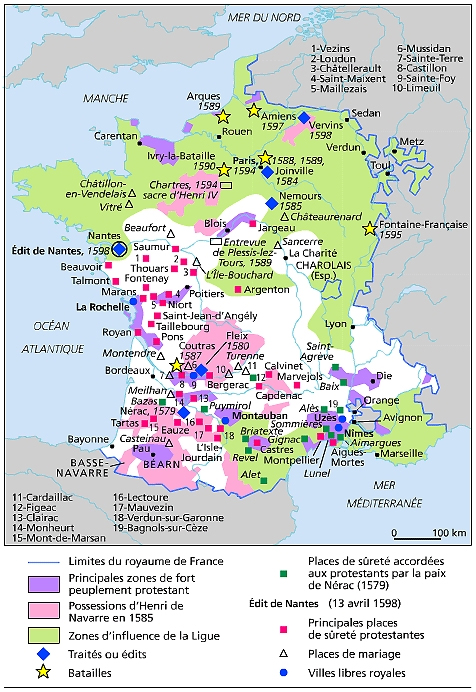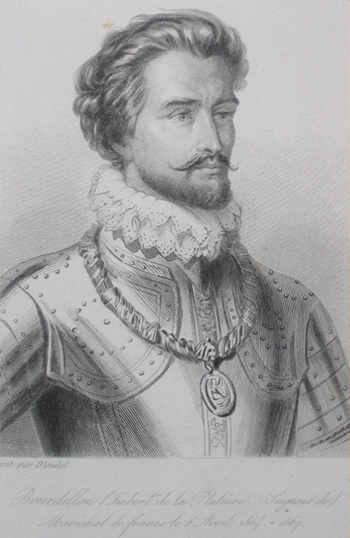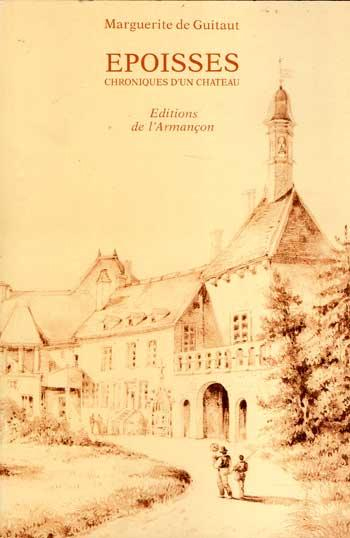
According to tradition, the origin of Epoisses castle dates back to the 6th century. At that time, the king of Burgundy, Thierry, was still a child and his grandmother, Queen Brunehaut, was regent. Originally a royal house, Epoisses became a seigneurial house in the 12th century with the Montbard family. From 1237 to 1421 it belonged to the de Mello family, who received Philip the Bold, Duke of Burgundy, in 1377.
From the Middle Ages to the Wars of Religion
On the death of Claude de Montagu, nephew of the Mellos, one of his heirs, the Marshal of Hochberg received it as a gift from King Louis XI. He left it to his only daughter Jeanne who married Louis d’Orléans, Duke of Longueville. They often lived in Epoisses and did a lot of work there. From Longueville, Epoisses passed to Jacques de Savoie, Duke of Nemours. A brilliant politician and skilful captain, adulated at the court of Henry II, he was taken by Madame de Lafayette, in the 17th century, as the hero of her novel “The Princess of Cleves”. His taste for splendour having reduced his fortune, Jacques de Savoie sold Epoisses to the Maréchal de Bourdillon in 1561.


Marshal de Bourdillon was involved in all the wars of his time. He was governor of Piedmont and Henry II charged him with numerous military and diplomatic missions. Bourdillon had major works carried out in Epoisses, including the porch of the tower which bears his name. The marshal bequeathed Epoisses to his niece Françoise, wife of Louis d’Anssienville. From 1591 to 1595 the castle was seized and plundered by the League. They built fortifications that Louis d’Anssienville had to pay off to get his castle back. Louis d’Anssienville’s granddaughter, Madeleine de la Grange d’Arquien married Guillaume de Pechpeyrou Comminges de Guitaut in 1661. She bequeathed the castle to him through the Prince of Condé.
Guillaume de Guitaut carried out important restorations in Epoisses and received many friends there, notably the Marquise de Sévigné, famous for her letters, several of which are addressed to the Guitauts. During the Revolution, the Committee of Public Safety decided that half the castle would be destroyed. M. de Guitaut sacrificed the most curious part to keep the most habitable. After the Revolution, the Guitauts undertook the restoration of their house, levelling the ruins and building a balustrade overlooking the ditches. This maintenance and embellishment work has been continued through the generations to the present day.
A book to learn more:


“Epoisses, chronicles of a castle ” Marguerite de Guitaut – Edition de l’Armançon
© 2023 Château d’Epoisses. | All rights reserved
Adresse
1 Rue de Semur, 21460 Époisses, Bourgogne-Franche-Comté
visites@chateaudepoisses.com
03 80 96 40 56